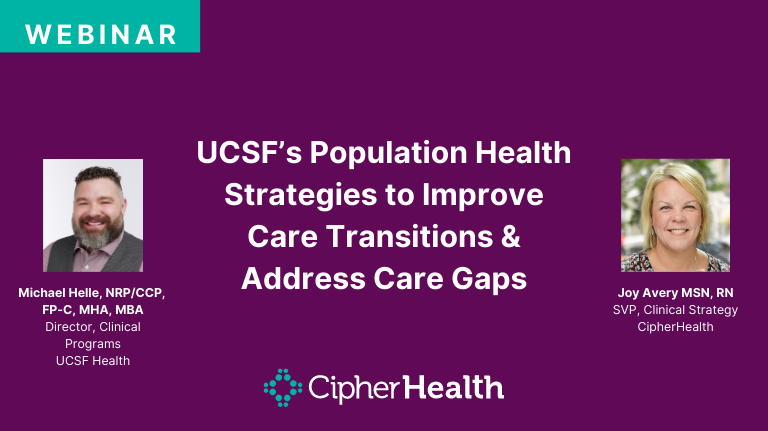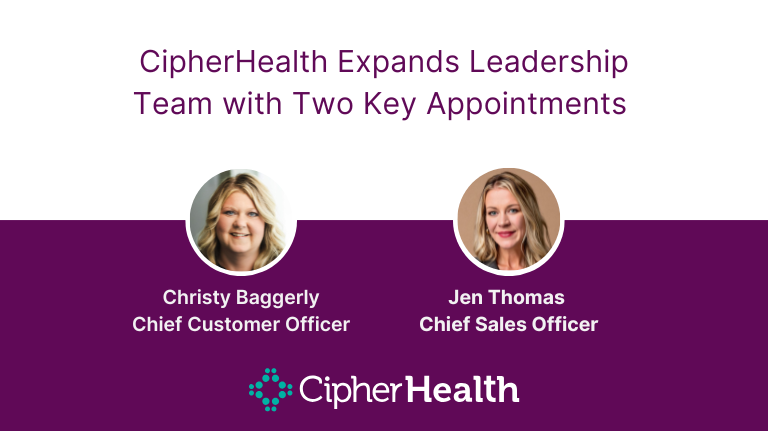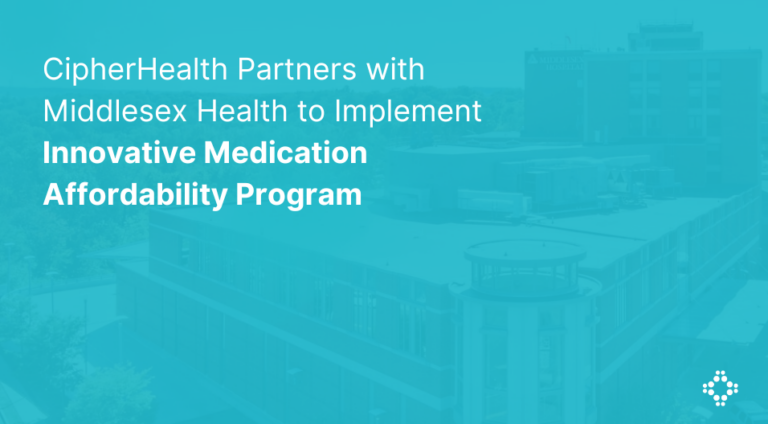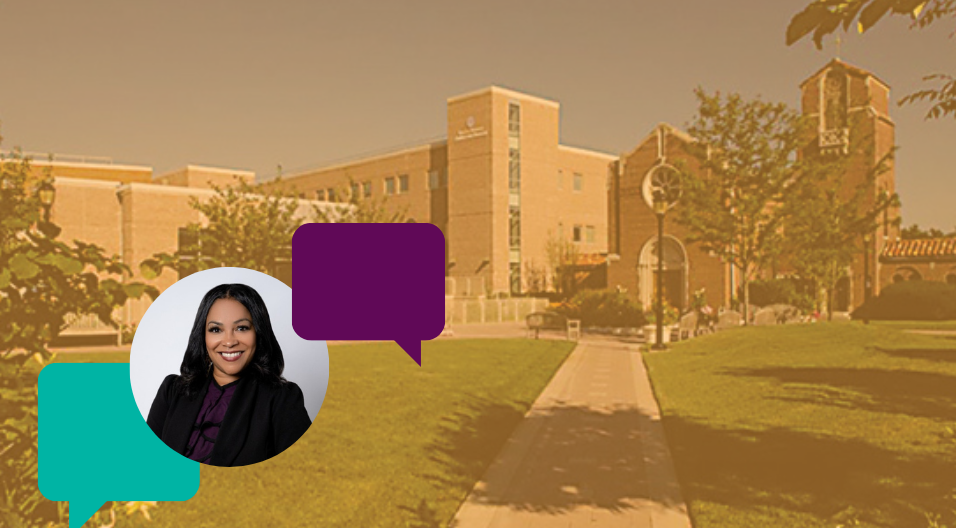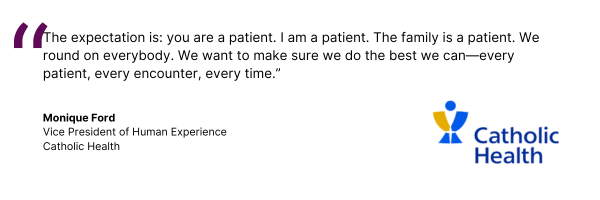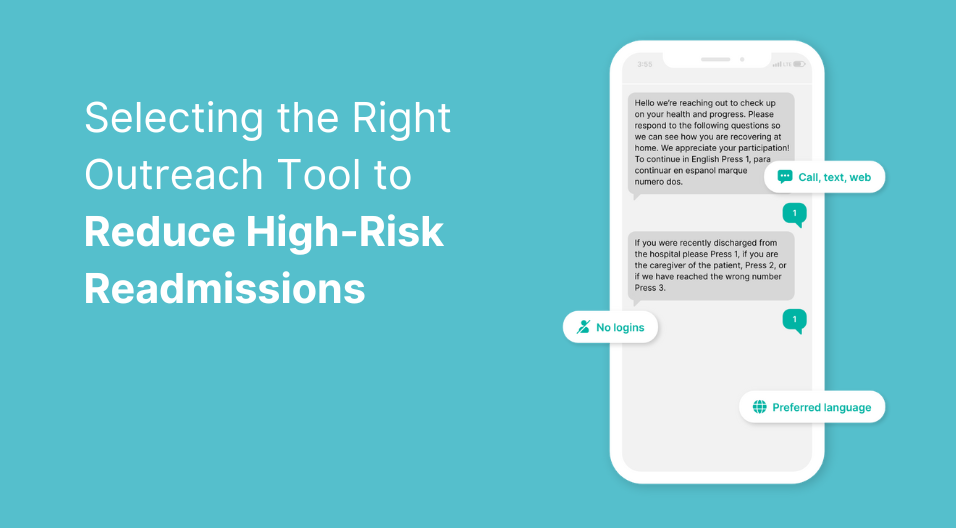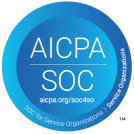At Catholic Health, an integrated system located on Long Island, NY, rounding isn’t just a “check-the-box” exercise. It’s a system wide culture, deeply embedded in the organization’s quality and experience goals. And according to Monique Ford, Vice President of Human Experience, that culture didn’t happen by accident.
“It’s been a journey to make rounding a normal part of patient care,” she said. “It’s not an extra element. It’s part of the daily process.”
We had the pleasure of speaking with their team and here are some excerpts from that conversation about what it really takes to build and sustain a culture of purposeful rounding.
How Rounding Became a Driver of High Reliability
For the past decade, Catholic Health has been on a journey to become a High Reliability Organization (HRO), one that operates safely and consistently, even in high-risk environments.
As part of this effort, the system looked for ways to embed safety and quality into everyday care. Strengthening patient rounding became a key strategy to improve reliability, enhance communication and reinforce a culture of excellence.
When Catholic Health first partnered with CipherHealth, rounding was recognized as a best practice, but it wasn’t yet formalized across the system.
“We had pockets of excellence where rounding occurred,” said Monique Ford, Vice President of Human Experience, “and then we had some facilities that just did not round in a more structured process.”
That changed when rounding was built into the System Quality Plan, which aligns with Catholic Health’s strategic goals and is reviewed by executive leadership and the Quality Management Committee of the Board.
Rounding evolved into more than just a task to complete—it became a meaningful opportunity to connect with patients and build trust.
“Our biggest opportunity was to build connections with our patients and make it patient-centered care,” she said.
Performance data is a key driver of accountability across the organization.
“These process measures, like the rounding goals, are reviewed regularly by the executive leadership and their teams,” Ford said. “That’s how we’ve built that culture of accountability.”
That accountability is grounded in Catholic Health’s rally cry, which the President and CEO, Dr. Patrick O’Shaughnessy says in his monthly forum: “Every patient. Every encounter. Every time.”
Rounding with Purpose and Passion
At Catholic Health, intentional rounding takes many forms. It includes skin rounds to prevent pressure injuries, EVS rounds to impact their hospital environment metric, and purposeful rounds focused check-ins like Sweet Dreams Rounding.
Led by Personal Care Assistants (PCAs), rather than nurses, as is often the case, Sweet Dreams Rounding is a nightly opportunity to build connection with patients. The initiative focuses on patient rest and well-being.
“It’s less of a ‘What’s going wrong’ and more, ‘What can I do to make you the most comfortable?’” Ford said.
Patients are offered comfort kits with earplugs, eye masks and other small touches that make a big difference. “Not only do staff enjoy it,” she said, “patients are loving it.”
These moments of care extend beyond clinical needs. Team members are encouraged to simply talk to patients. No rigid script, just real conversation.
In addition, through “surprise and delights”—small, thoughtful gestures sparked by listening closely—the Hospitality Managers create deeply personal experiences. Whether it’s giving out Mets tickets or helping a patient video chat with a loved one abroad, these moments turn a routine rounding interaction into something memorable.
The result is that patients and their loved ones come to put their trust in staff.
As stated by, Heather Verderame, System Director of Patient Experience, “We’ve had people who’ve experienced tremendous loss, who’ve reached out and asked for their Hospitality Manager to be with them because of the strong connection they made during their stay.”
She added, “To lose somebody and the first person that you want is someone who works at Catholic Health that speaks volumes.”
Getting Buy-In From Nursing Teams
In the early days, there was some concern from leaders as time constraints made implementation a challenge but Ford’s team had a plan.
“We go to the sites and say, ‘Let’s walk you through the process of rounding,’” Monique said. “It’s your same process, we’re just integrating another aspect.”
That support flipped skeptics into champions.
Ford said leaders’ opinions were swayed when they saw improvements in HCAHPS scores in nurse communication and experienced the culture shift that rounding created in their units.
A big part of that shift came from empowering frontline staff, with rounding scripts co-created alongside subject matter experts and built with team input from the start.
“Specifically, when developing preventative skin rounds, we really engaged the stakeholders from the beginning. As we were building out the tool and the process… We went to each of the campuses and pulled all the teams together to really get buy-in,” said Katherine Eysler, Director of Clinical Quality.
Training Sets the Foundation
Catholic Health developed a structured training program for CipherRounds similar to how staff are onboarded to clinical systems.
“We mirrored the requirements of any person using an EMR,” Ford said. “You cannot have access to the system until you complete the training.”
That process includes instructor-led and web-based modules, instructional videos and policy alignment, ensuring every user is prepared before rounding begins and knows how to apply the tool as part of routine care.
Their rounding culture is about commitment, from every level of leadership to every member of the care team.
“The expectation is: you are a patient. I am a patient. The family is a patient. We round on everybody. We want to make sure we do the best we can—every patient, every encounter, every time,” Ford said.
